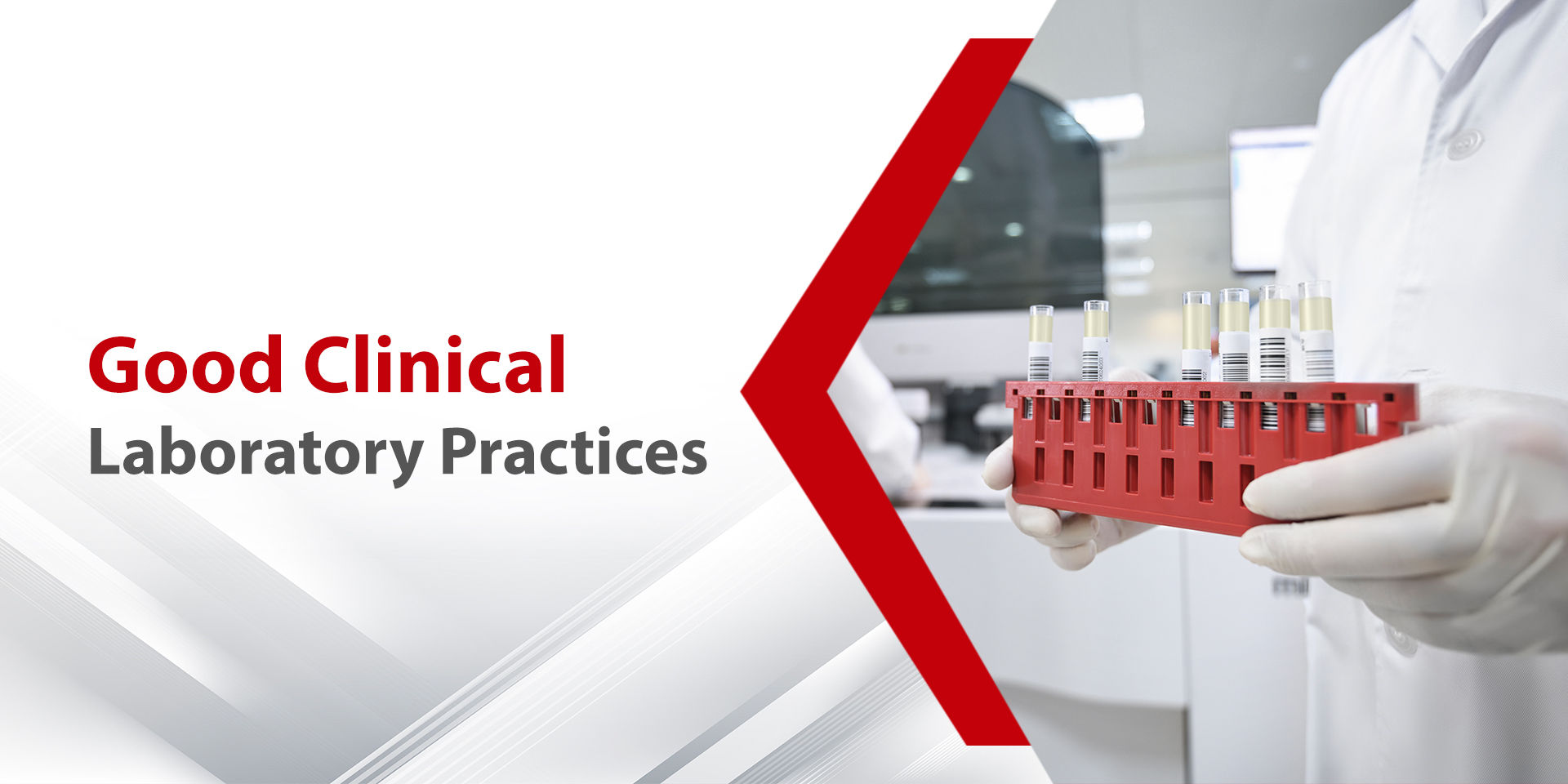Safety in Laboratories Part-5
By Dr. Jayesh Warade | Sr. Consultant & Sr. Quality Manager, Biochemistry, Meenakshi Labs 2025-04-07

Find answers to your questions about safety & quality in laboratories. Our FAQs based on Good Clinical Laboratory Practices will address critical topics, including best practices for maintaining a secure lab environment and ensuring compliance with safety standards. Whether you're a researcher, technician, or student, these FAQs will help you understand and implement GCLP principles to ensure a safe and efficient laboratory environment.
Avoid direct contact with chemicals by smelling, inhaling, or tasting them.
Wash hands thoroughly with soap and water after removing gloves or potentially infectious materials. Refrain from eating, drinking, chewing gum, smoking, or applying cosmetics within the laboratory.
Remove personal protective equipment (PPE) before leaving the lab. Avoid handling common items like phones or doorknobs while wearing gloves.
Do not obstruct emergency exits or safety equipment.
CHP is essential for ensuring the safety of laboratory workers by outlining procedures and responsibilities to protect them from hazardous chemicals. It includes:
SOPs related to chemical safety.
Hazard identification and mitigation strategies.
Chemical exposure control measures.
Medical consultation provisions.
Laboratory emergency procedures.
Personnel protection measures for specific chemicals.
Equipment maintenance requirements.
An assembly point is a designated safe location where all laboratory personnel can gather in case of a fire or other emergency. It should be easily accessible to everyone in the laboratory and located in a safe area away from potential hazards. Laboratories should mark the assembly points for quick evacuation & conduct drills to familiarize staff with the evacuation procedures.
Yes, it is generally recommended to autoclave vacutainers before disposal. This helps to ensure that any infectious material contained within the vacutainer is properly decontaminated, reducing the risk of transmission of diseases.
The frequency of health checkups for laboratory employees depends on the specific occupational hazards they are exposed to. While annual checkups are generally recommended, more frequent evaluations may be necessary for those working with hazardous chemicals or biological agents. Depending on the nature of the laboratory work, specific tests may be required. For instance, if lab personnel are exposed to strong fumes or strong gases they should at least perform their pulmonary function test. For those working in TB laboratories, a basic TB screening test should be conducted to rule out infections. Depending upon what is relevant to the areas in which you are working occupational health hazards are concerned at least those should be minimum checkups and should be included in your annual health checkup.
The preferred concentration of sodium hypochlorite for routine laboratory cleaning is 0.5%. This concentration is generally effective for decontaminating surfaces and equipment.However, in cases of infectious spills or contamination with bodily fluids, a higher concentration of 1% sodium hypochlorite may be necessary. This stronger solution can provide more effective disinfection.
70% alcohol is generally the preferred chemical for decontaminating biological safety cabinets (BSFs) and laminar airflow hoods (LAFs). It is effective against a wide range of microorganisms and is less likely to cause damage to the equipment compared to some other disinfectants. Hypochlorite can cause damage to equipment, depending on the material used in its construction. Over time, it may lead to wear and tear, making it less suitable compared to 70% alcohol.
In most cases, you do not need to use a disinfectant for cleaning surfaces after a chemical spill. A simple detergent or soap wash is usually sufficient to clean the area effectively.

